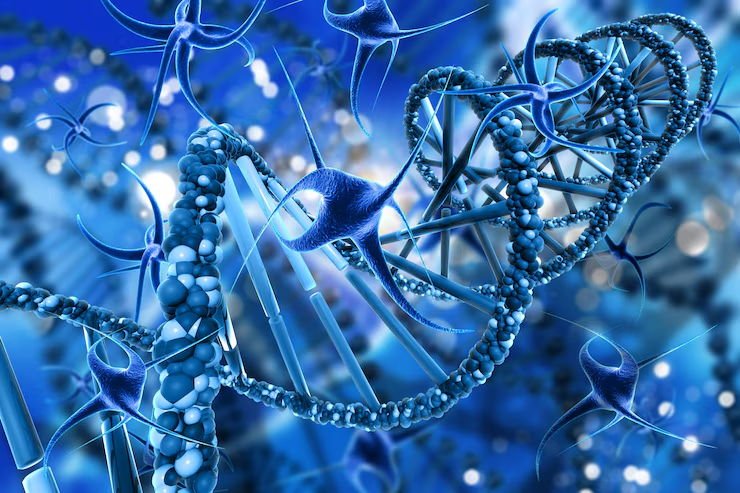
Nanotechnology in Medicine (also called nanomedicine) is one of the most promising and rapidly advancing areas in healthcare. In 2025, it is reshaping how we diagnose, treat, and even prevent diseases by working at the scale of molecules and cells—1 to 100 nanometers.
Key Applications of Nanotech in Medicine
1. Targeted Drug Delivery
-
Nanoparticles (liposomes, dendrimers, micelles) deliver drugs directly to diseased cells (e.g., cancer), sparing healthy tissue.
-
Smart nanocarriers respond to pH, temperature, or enzymes to release medication precisely.
2. Cancer Treatment
-
Gold nanoparticles, quantum dots, and carbon nanotubes used for:
-
Precision drug delivery
-
Photothermal therapy (heating cancer cells with infrared light)
-
Imaging tumors with ultra-high resolution
-
3. Diagnostics & Imaging
-
Nanosensors detect diseases at the molecular level—earlier than traditional methods.
-
Used in liquid biopsies, blood tests that detect cancer or infectious diseases from trace DNA or proteins.
4. Regenerative Medicine
-
Nanostructured scaffolds promote tissue repair in bones, skin, and nerves.
-
Used in 3D bioprinting and stem cell engineering to improve integration and growth.
5. Nano-Robots & Smart Pills
-
Micro/nanorobots can swim through bodily fluids to deliver drugs or perform microsurgeries.
-
“Smart pills” contain nanosensors to track gastrointestinal health and transmit data wirelessly.
6. Infection Control & Antimicrobial Surfaces
-
Silver or copper nanoparticles embedded in coatings (e.g., hospital tools, PPE) destroy bacteria and viruses on contact.
-
Nanoparticles are used in advanced wound dressings and implant coatings to prevent infection.
Types of Nanomaterials Used
| Nanomaterial | Function |
|---|---|
| Liposomes | Encapsulate drugs; used in vaccines |
| Dendrimers | Tree-like molecules for drug targeting |
| Quantum Dots | Fluorescent tags for diagnostics |
| Carbon Nanotubes | Drug delivery, neural repair |
| Metallic Nanoparticles | Imaging, antimicrobial, tumor heating |
| Polymeric Nanoparticles | Controlled drug release, gene therapy |
Current and Near-Future Use Cases (2025–2030)
-
mRNA vaccines with lipid nanoparticles (already proven during COVID-19).
-
Nanoform: Making insoluble drugs absorbable via nanoformulation.
-
Neuro-nanotech: Delivering drugs across the blood-brain barrier for diseases like Alzheimer’s.
-
Personalized nanomedicine: Tailoring nanoparticle designs based on patient genetics.
Challenges Ahead
-
Toxicity & Biocompatibility: Long-term effects of nanomaterials are still being studied.
-
Manufacturing & Scale-up: Precise control at nanoscale is expensive and complex.
-
Regulation: Current FDA and EMA frameworks are evolving but lag behind innovation.
-
Public perception: Ethical concerns around “micro-machines” in the body need addressing.



